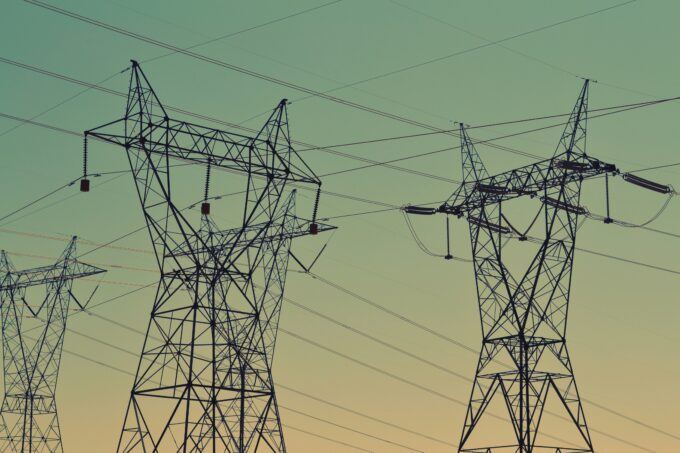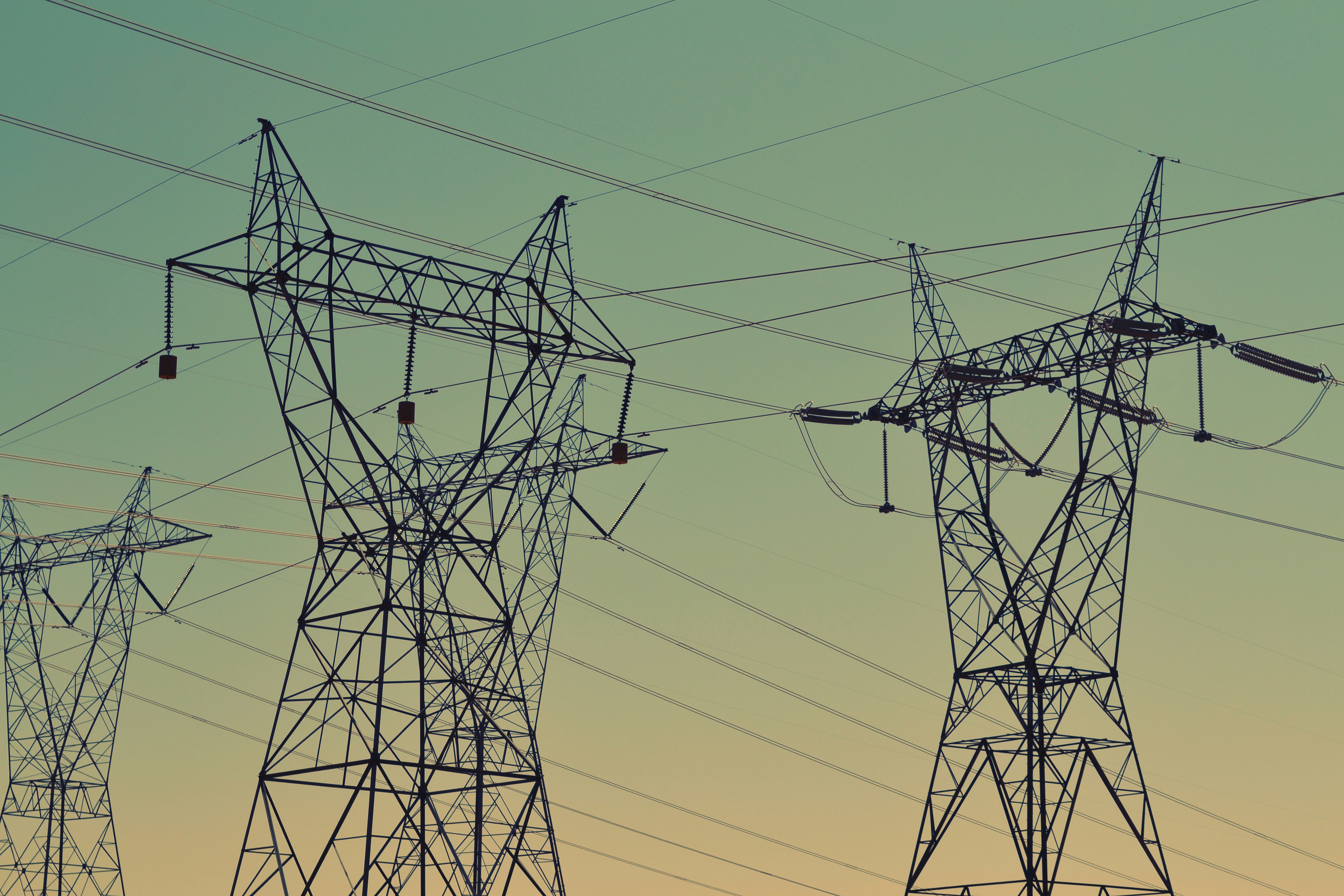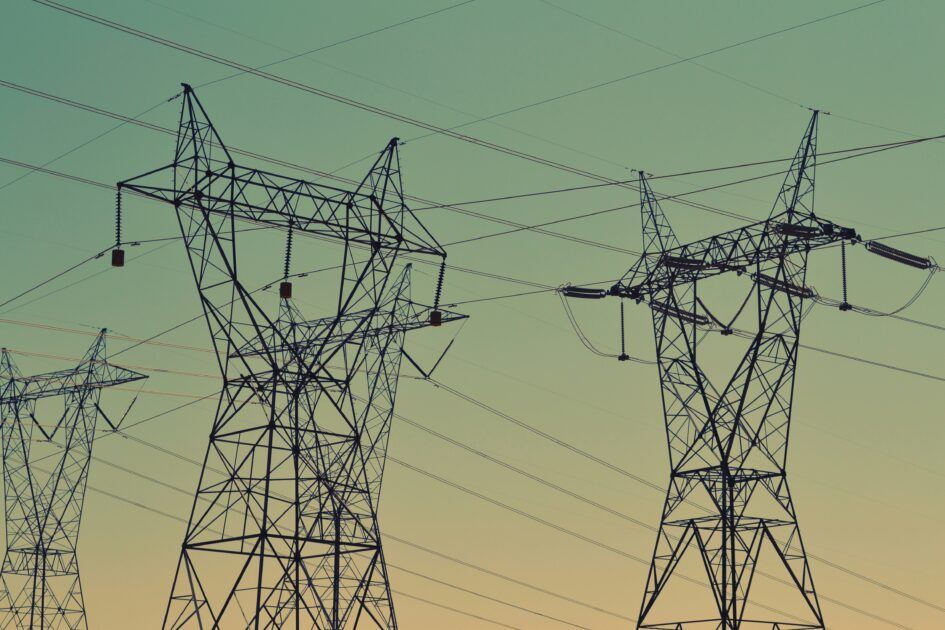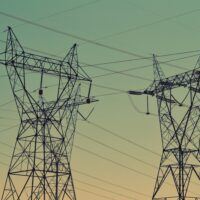


































































Image by Fré Sonneveld.
In the fight for a just transition to renewable energy in the United States, New Yorkers achieved two major legislative wins in 2019 and 2023. Today, the realization of that landmark legislation hinges on whether the Democratic governor will uphold those legislative commitments – or yield to a resurgent Trump administration and the escalating energy demands of AI data centers.
During the peak of the youth-led climate movement in 2019, New York was one of seven states (and Puerto Rico) to set 100% clean energy goals. The aggressive 2019 legislation, titled The Climate Leadership and Community Protection Act, mandated that New York achieve 70% renewable energy by 2030 and 100% emission-free energy by 2040.
But the legislation offered little “how to” for doing so. In late 2019, community organizers, environmental justice groups, and Democratic state assemblymembers came together to form the Public Power NY coalition to advocate for their plan: the Build Public Renewables Act.
What is the Build Public Renewables Act?
The BPRA took advantage of a unique entity in New York: the New York Power Authority, a public utility company founded in 1931 by then-Governor Franklin D. Roosevelt. The utility built two major dams on the Canadian border which still supply a fifth of New York’s power today. FDR believed public utilities would serve as a check against for-profit monopolies on energy resources and provide cheaper electricity for New Yorkers.
The BPRA authorized NYPA to build and own new renewable energy and battery storage projects in order to meet New York’s 2019 climate goals. The legislation also included a program for low-income New Yorkers to receive clean energy credits, required new projects to be built with union labor, and mandated the closure of New York City’s peaker plants – high-emission fossil fuel plants known for polluting Black and Brown neighborhoods when energy demands peak in the summer months. In many ways, the BPRA was a state-level Green New Deal.
“Thanks to FDR’s vision and the fighting spirit of New Yorkers, we have the tools in place to launch a new era of public power that serves all people – not just wealthy investors,” State Senator Julia Salazar and Assemblymember Sarahana Shrestha wrote in 2024. “Through NYPA, we can build a truly green New York, with 100% renewable energy, plentiful union jobs, lower bills and cleaner, healthier air.”
Public Power NY spent four years campaigning for the passage of the BPRA. They organized statewide orientation sessions and rallies to help New Yorkers understand how for-profit utilities affect their cities. Con Edison, for example, was charging the second-highest residential rates in the country while paying $1.4 million in annual dues to trade associates like the American Gas Association, which lobbies against renewables and for a deregulated energy market.
In response to public pressure, Governor Kathy Hochul incorporated the BPRA into the 2023-2024 state budget – with one critical difference. Under the original BPRA, NYPA was not only empowered to build out renewables: it mandated that NYPA evaluate the private market’s progress toward the 2019 goals and build clean energy projects if the market was not on track to meet those goals. Under the 2023-2024 state budget legislation which passed, NYPA is mandated to evaluate progress toward the 2019 goals – but it is not legally required to contribute progress when the private market fails.
At the time, public power advocates were concerned that this so-called “BPRA-Lite” legislation gave too much flexibility to NYPA.
“In my opinion, her version is designed to fail,” Shrestha told Prospect in 2023.
The current status of public power in New York
Renewables generate about a third of New York’s current energy production – over of half of which comes from the hydropower plants built by NYPA decades ago. Between 2017 and 2024, the share of renewables in New York increased by less than one percent.
In June 2024, Public Power NY released a report recommending that NYPA build 15 gigawatts of renewables by 2030 – enough to power 12 million households. When a draft plan released in October 2024 proposed a set of projects only worth 3.5 gigawatts, the campaign collected 5,300 public comments demanding the full 15 gigawatts.
In response to public pressure, NYPA released an updated plan in July 2025 with 17 more solar arrays and 3 wind turbine projects – bringing the total proposed energy capacity to 7 gigawatts.
“Our priority is to build at least 15 GW of public renewables by 2030 in order to cut pollution from racist peaker plants, lower New Yorkers’ energy bills, create green union jobs, and get back on track to our climate goals,” Michael Paulson, co-chair of Public Power NY and associate director of Sane Energy Project, told me via email last week. “15 gigawatts will deliver 25,000 union jobs, a five-year faster phaseout of the state’s most polluting plants, and at least twice the total energy bill discounts as the current plan. There is no excuse not to do this.”
The legally binding 2030 goal of 70% renewables isn’t the only time-crunch New York faces. The BPRA was the legislative tool needed to take advantage of the 2022 Inflation Reduction Act, which offered tax credits and other incentives for building renewables. But the IRA was one of the first items President Trump targeted with executive orders on his first day back in office.
The end of IRA clean energy tax credits came under H.R. 1, the so-called “Big Beautiful Bill,” which Trump signed into law in July 2025. Under this legislation, clean energy projects can only qualify for the IRA tax credits if they start construction before July 2026 or come into service by the end of 2027.
“Trump’s attacks on renewable energy, including the dismantling of the Inflation Reduction Act, is all the more reason that an ambitious buildout of public power is the critical boost New York needs,” Assemblymember Shrestha told me via email last week. “NYPA is well-positioned to ambitiously build projects before the IRA provisions sunset.”
A spokesperson from NYPA told me last week that they are “aggressively pursuing” renewables despite the federal challenges. At the U.S. Climate Alliance roundtable in September, Governor Kathy Hochul announced she would grant $200 million from the state budget for NYPA to build renewables while keeping prices low for ratepayers.
However, in early August, Governor Hochul admitted that New York was unlikely to meet the 2019 climate goals, citing economic challenges. Despite the possibility of missing legally binding state targets, the governor has recently approved and advocated for alternative energy projects, including a revived gas pipeline and an upstate one-gigawatt nuclear plant.
Competing visions for New York’s energy
In early August, Governor Hochul came under fire by over 100 climate groups for reviving the Northeast Supply Enhancement project, a gas pipeline previously rejected by New York regulators.
While the governor denies any deal was made, the White House said Hochul “caved” to Trump’s demand for the NESE pipeline in exchange for lifting a stop-work order the administration had placed on a New York offshore wind project.
Several protests have been held across New York opposing the revived pipeline project.
The NESE pipeline was not the only project discussed by Trump and Hochul. The governor told Bloomberg TV she also sought Trump’s help in streamlining approvals for nuclear energy.
In June, Governor Hochul announced she was directing NYPA to build a one-gigawatt advanced nuclear power plant in upstate New York. Under state law, nuclear is not considered renewable; the new nuclear plant will not contribute to the 2019 goal of 70% renewables by 2030.
During a NYPA board meeting in July, Senior Vice President Alexis Harley said that nuclear energy will help New York meet increased energy demands from new data centers powering artificial intelligence. Hochul has been supportive of developing upstate New York into a tech center similar to Silicon Valley.
Across the country, the high power demands of new AI data centers are preventing fossil fuel power plants from retiring. A typical AI data center consumes as much electricity as 100,000 households and uses billions of gallons of water to cool its computers.
“The cherry on top, of course, is that [nuclear] is aligned with the priorities of the federal administration,” Harley said during the board meeting.
Public power advocates oppose the new nuclear power plant, calling it a distraction from the renewable goals signed into law.
“Instead of embracing public power, Kathy Hochul is pushing an energy plan written by tech billionaires, gas utility CEOs, and Donald Trump,” Paulson told me via email. “She is publicly calling for an economy built around energy-guzzling, job-killing AI data centers, and fast tracking the Williams NESE Pipeline, which may as well be called the Trump-Hochul pipeline, all of which make energy even less affordable for New Yorkers.”
The Public Power NY coalition continues to push for NYPA for a full 15 gigawatts of renewables by 2030. In late September, six members of Congress, including Alexandria Ocasio-Cortez, wrote a letter to NYPA’s Chief Executive Officer Justin Driscoll in support of the demand for 15 gigawatts.
Earthjustice also filed a lawsuit in March on behalf of several climate groups accusing Governor Hochul and the New York Department of Environmental Conservation of failing to introduce climate regulations that were due in January 2024.
“The failure of Governor Hochul and DEC to follow the clear mandates of our climate law has real consequences for New Yorkers — more storms and other severe weather, more pollution and a less livable future,” said Bob Cohen, the policy and research director at Citizen Action of New York. “The time for action is now.”
While the Trump administration, Governor Hochul, and the Public Power NY coalition clearly have different visions for New York’s energy future, New York legally committed to a future with renewable energy in 2019. With NYPA and the BPRA legislation that passed via the 2023-2024 state budget, New York has the tools to achieve this legal mandate via a just transition – and become an example for other states which set clean energy goals.
Whether it does so may depend on Governor Hochul’s willingness to focus on the public power New Yorkers fought for and stand up to the Trump administration.
The post New York’s Bold Fight for Public Power appeared first on CounterPunch.org.
This post was originally published on CounterPunch.org.